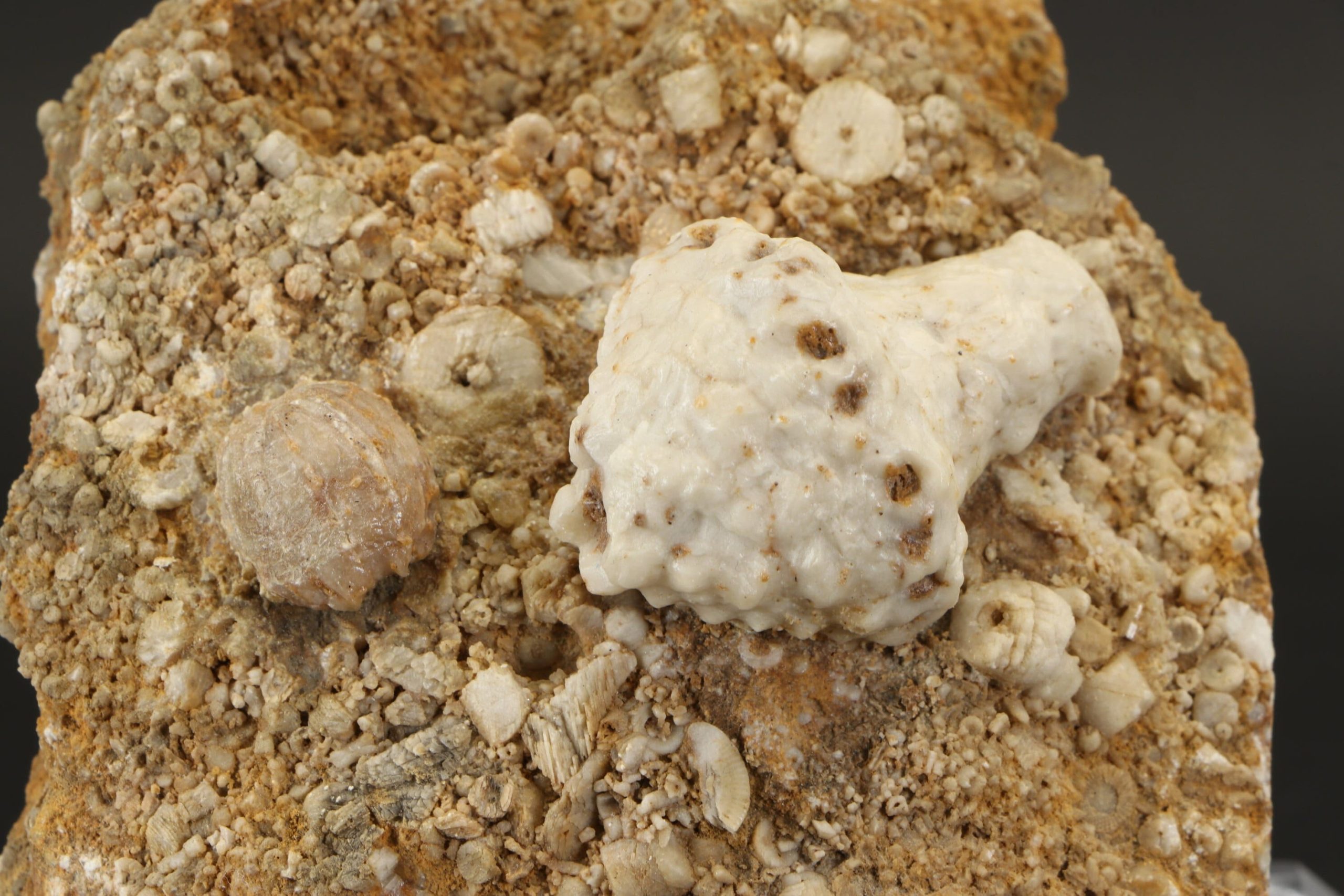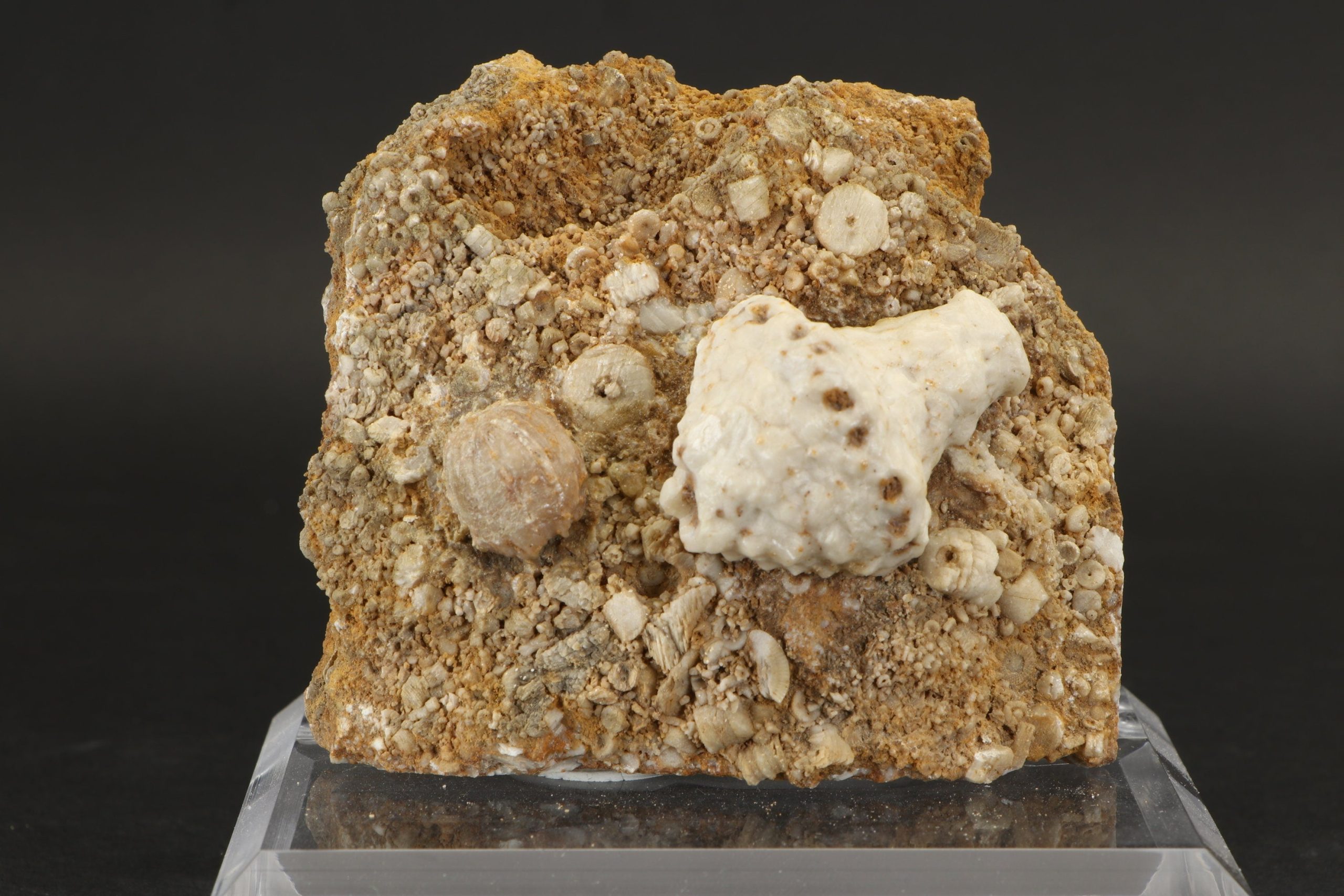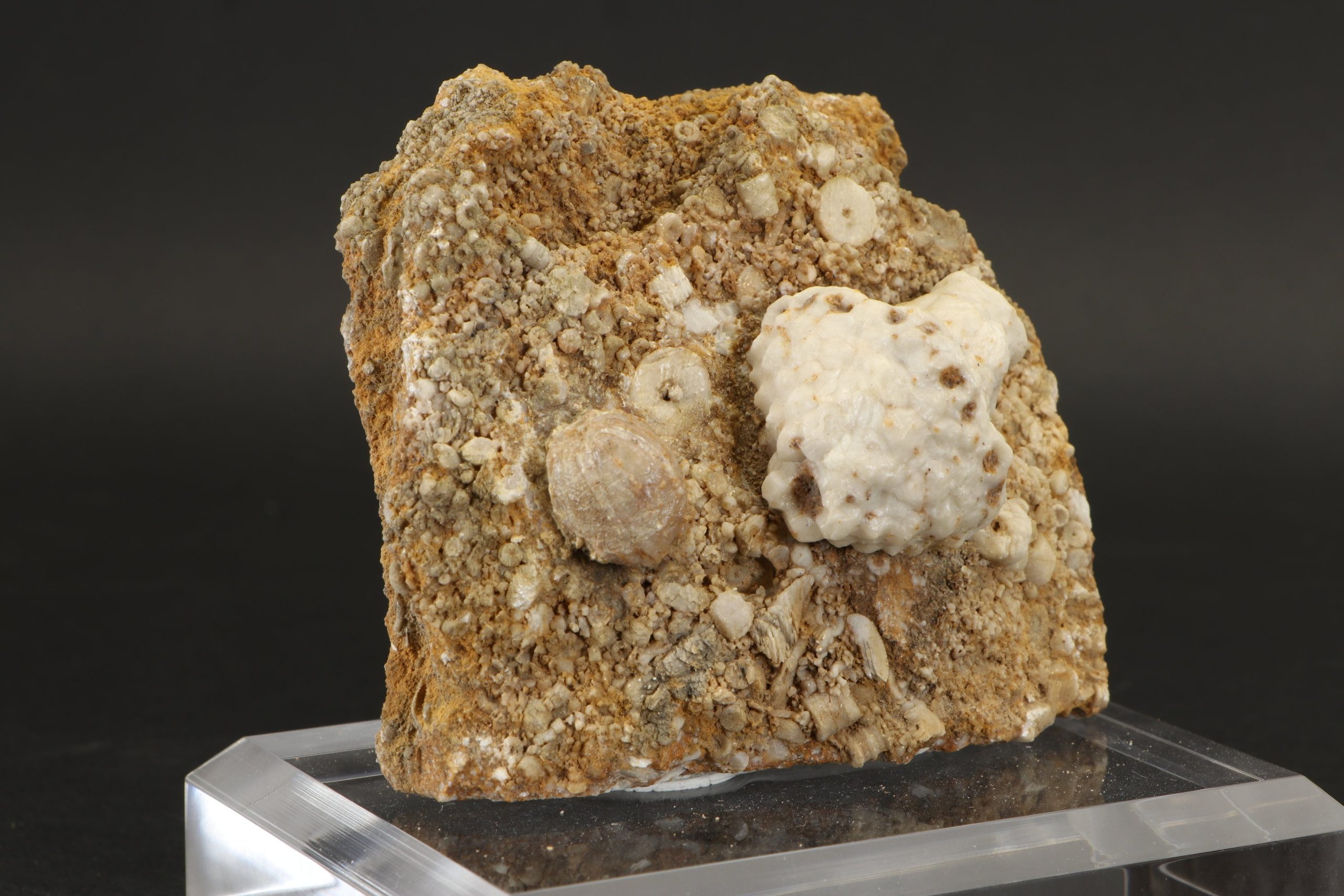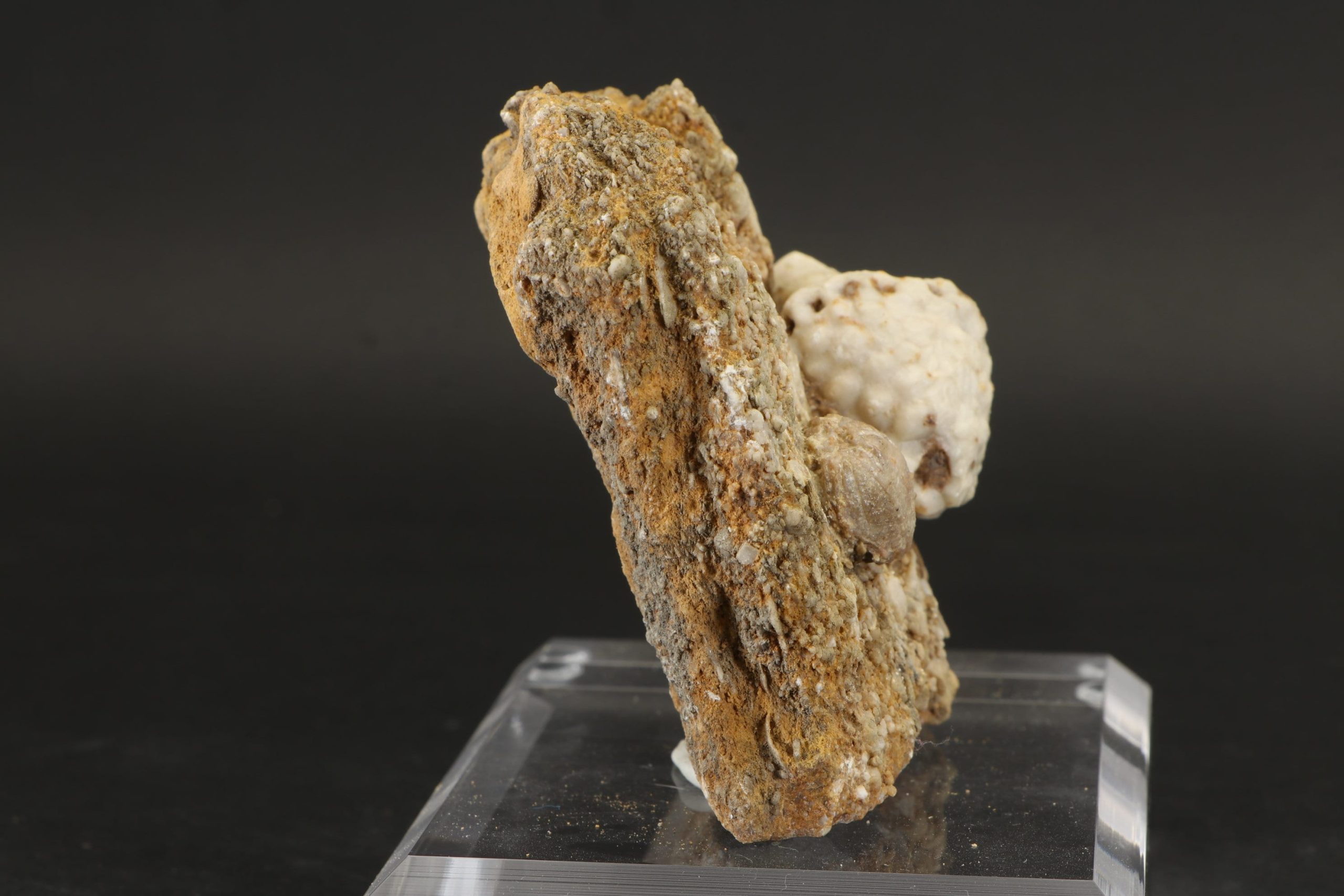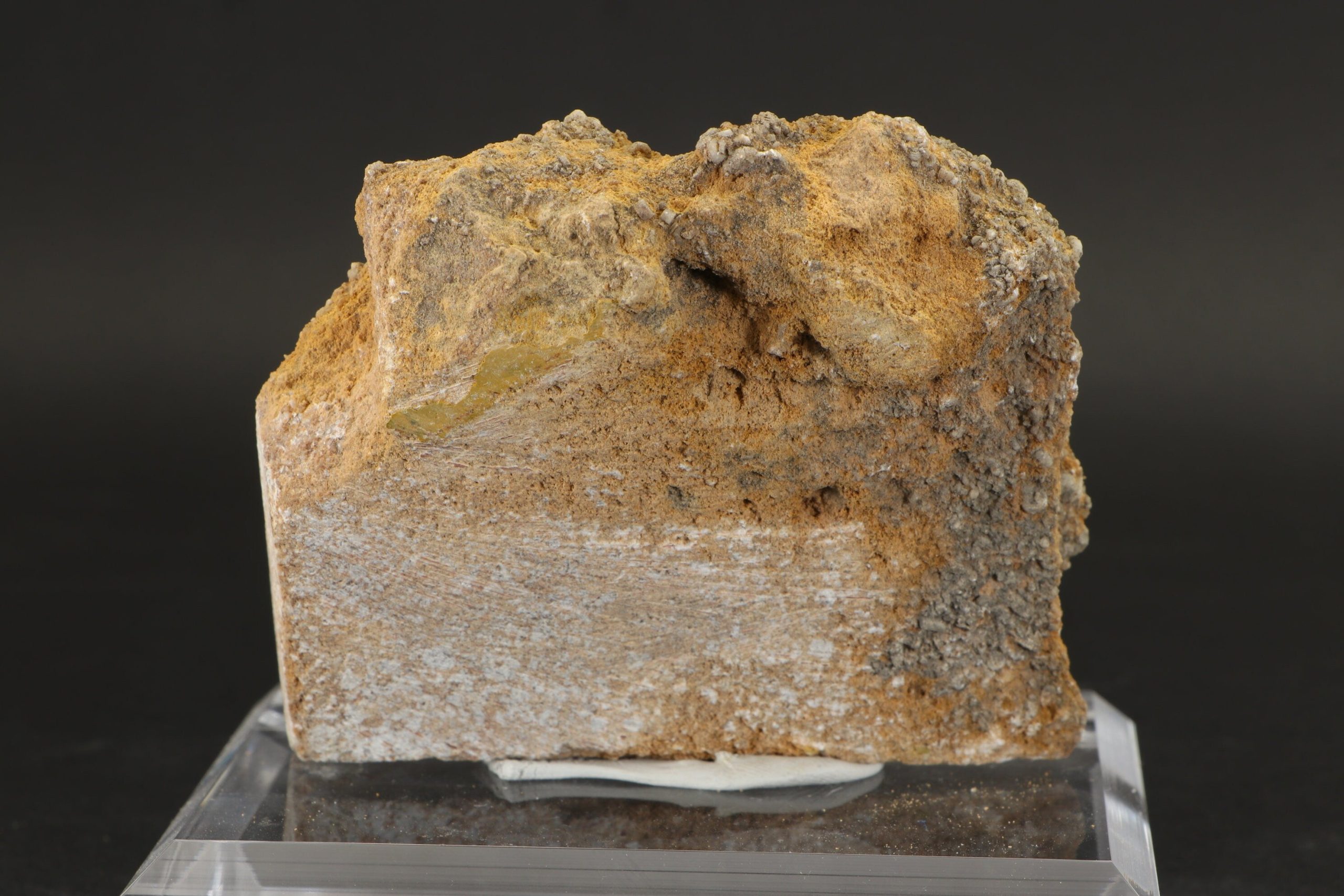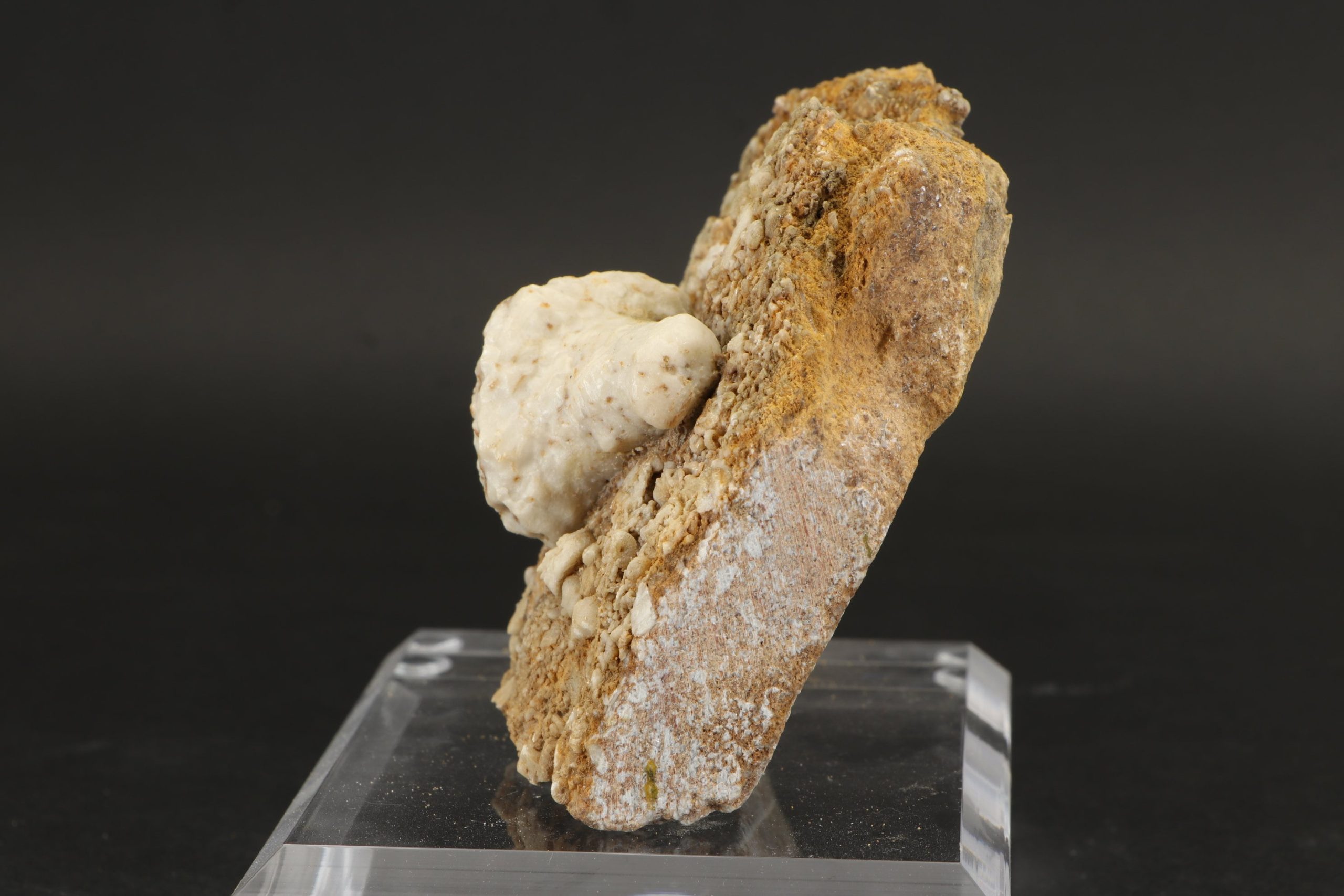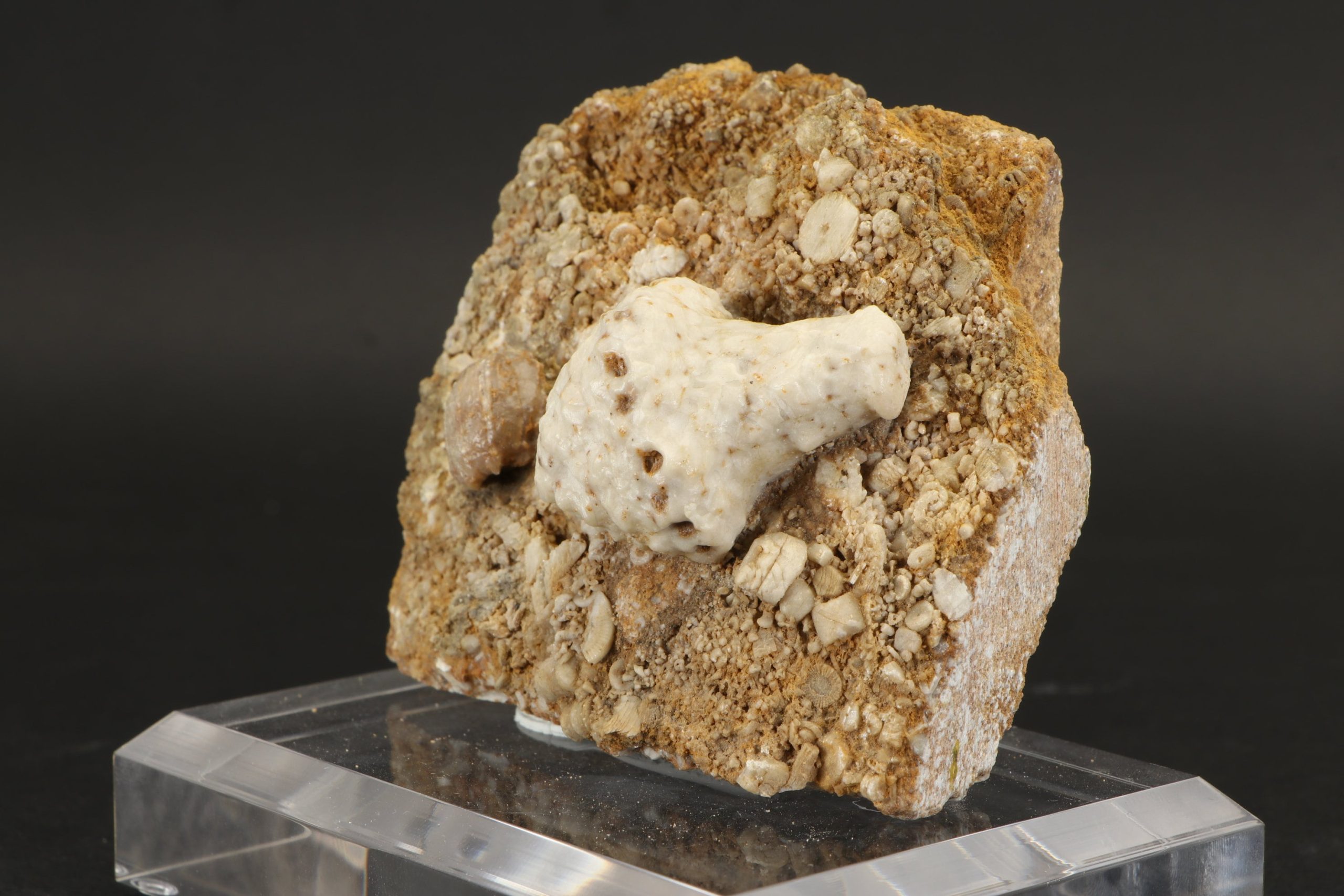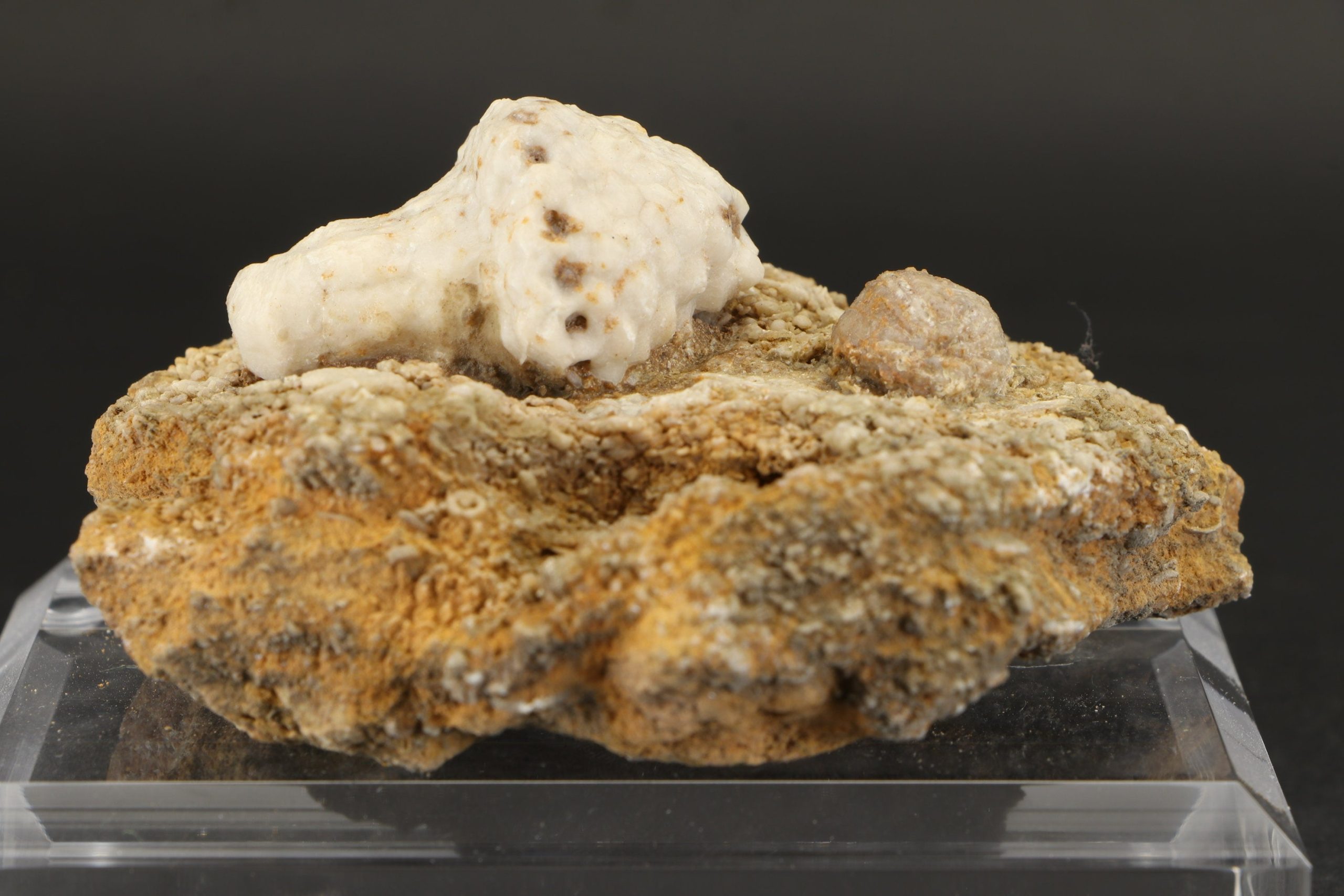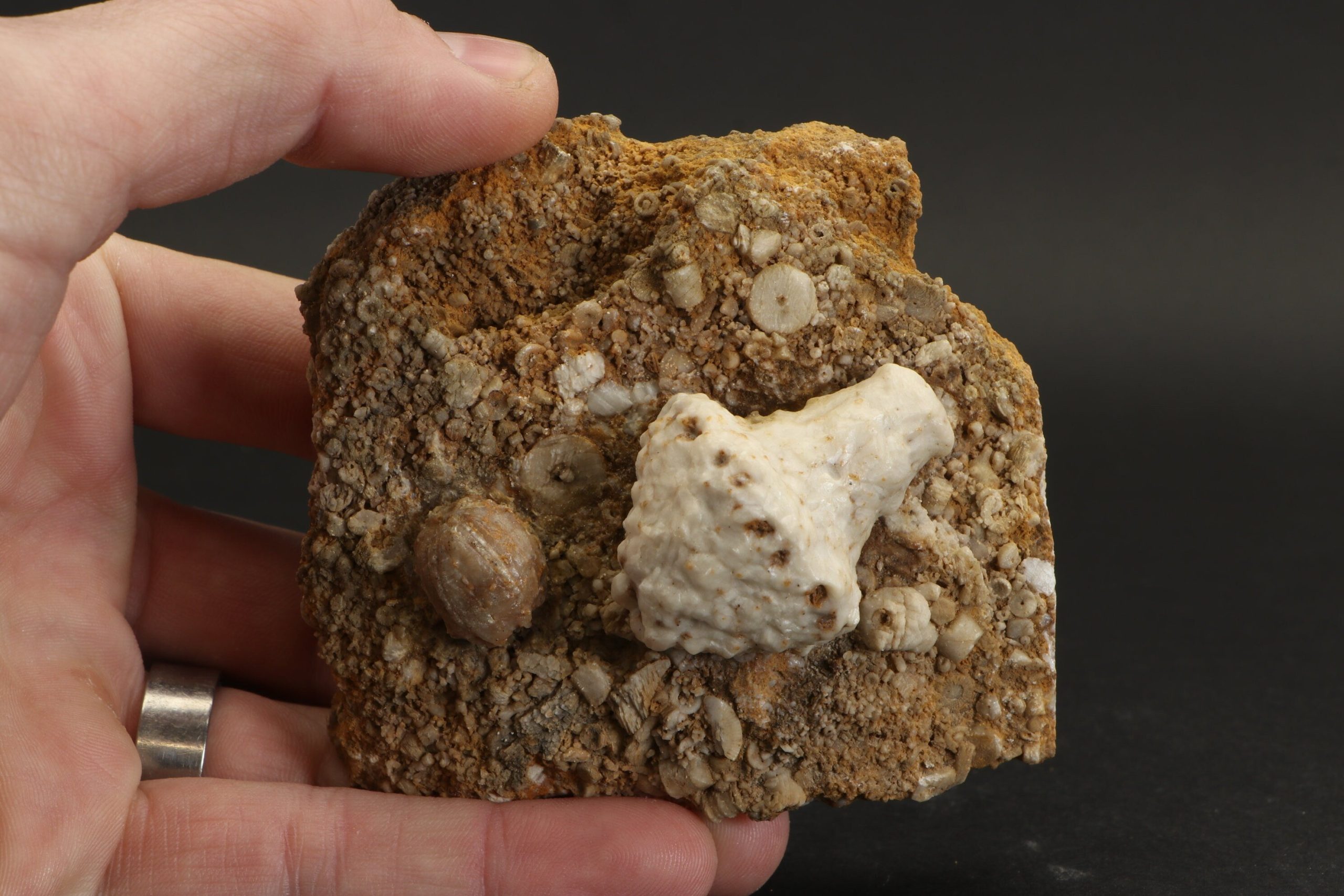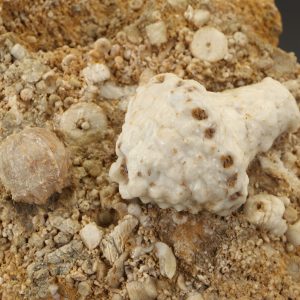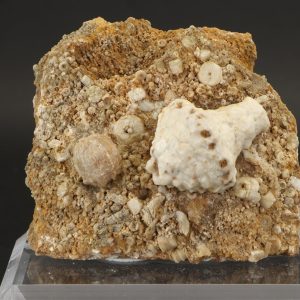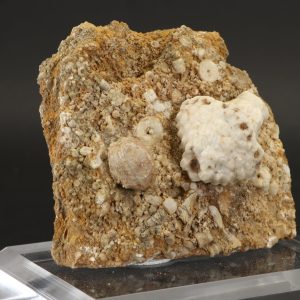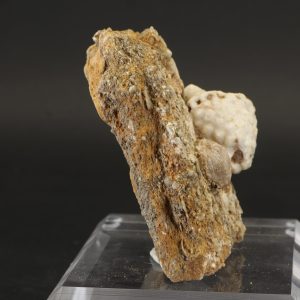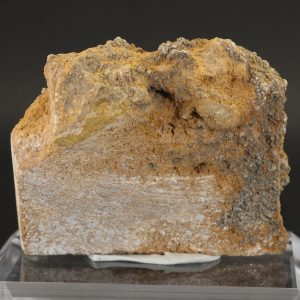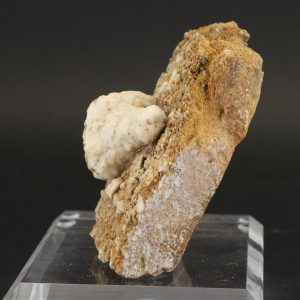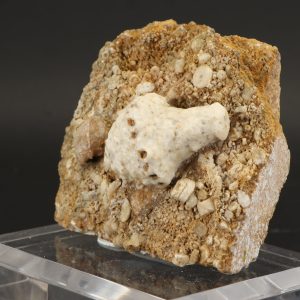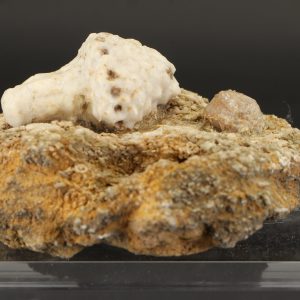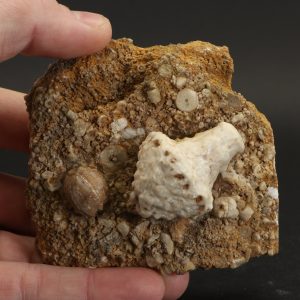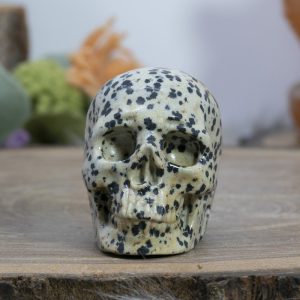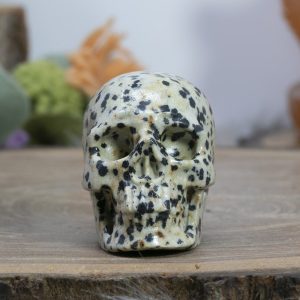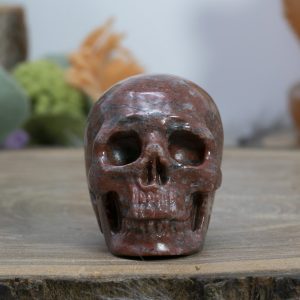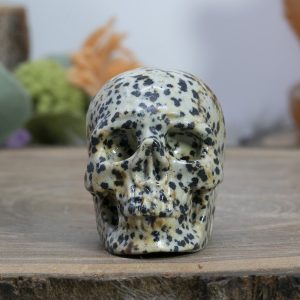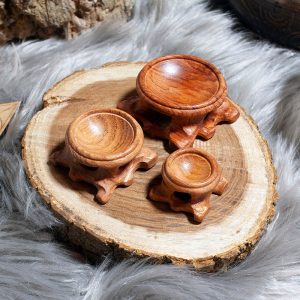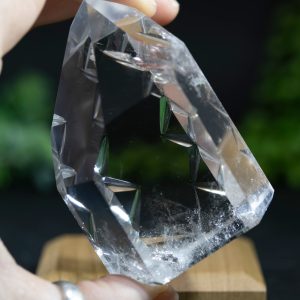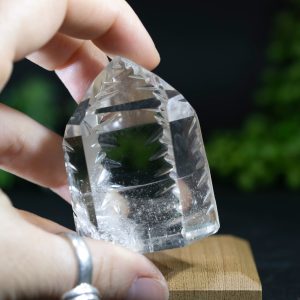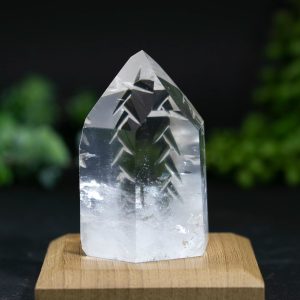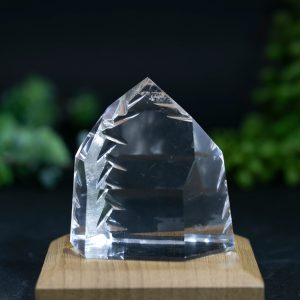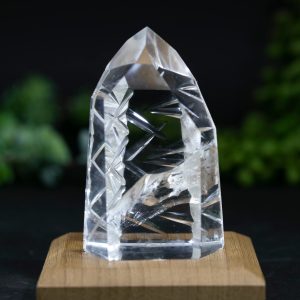- Little Lemuria Live Sales
- Frank #37
- Hot on Sale
- Ephemera
- Battery
- Main Categories
- Shungite cellphone magnets
- Pat #38
- #137
- For Sale
- Puff Wholesale
- Charger
- CBD
- Bass Flies
- Women
- Wayne #130
- #270
- #15
- DeezNutz
- Pipes
- Book
- Freshwater Streamers
- Long Beach Antique Mall
- #30 Sandy
- #323
- Adult Magazine
- Jars
- Dab Nail
- Body Care
- All
- Jason #32
- Masa #65
- Supply
- Vaporizer
- Water Pipes
- Kemetic Science Institute
- Saltwater Streamers
- Blouses
- Ed Economy #33
- #35
- collectible advertising minute timer
- Wraps
- Resin Pipe
- VD IMPORTS
- Tenkara Lines
- Linda Lu #8
- #41
- Online Hot Sale
- Magazine
- Vaporizer Coil
- Carb Cap
- Massage oil
- Dresses
- Art
- Rodney
- #120
- Glass
- Silicone Hand Pipe
- Kemetic
- Trout Dry Flies
- Sweatshirts
- Brooch
- collectible record used
- collectible pipe
- Dab Mat
- Candles
- STARWEST
- Replacement Parts
- Bob Chat #15
- #125 Ellen
- #64
- Ring
- Dab Rig
- Smoking Kit
- Ancestor Money
- Men
- Christine #16
- #24
- #125
- Silicone
- Lighter
- Seamoss
- Fly Tying Feathers
- Cleansers & Make up Removers
- Amanda #270
- on Sale
- collectible salt & pepper set
- Wick
- Bubbler
- Angel Brand
- Tenkara Rods
- Linda #9
- #70
- For Cheap
- Lighters
- Dugout
- Storage
- Rugs
- Pullovers
- Ashley #21
- #144
- #134
- Rolling Trays
- Grinder
- Herb
- Fly Tying Fur and Hair
- Decor
- Trina #7
- For Discount
- collectible license plate frame
- Vaporizers
- Scale
- New Wave Enviro
- Tenkara Accessory
- Steve Randall #1
- #323 Michael
- Online Sale
- Pocket Watch
- Dry Herb
- Space King
- Shampoo conditioner
- Coat
- #50 Dianne
- #1350
- #50
- Puffco
- Water Pipe
- Mint crystals
- The Fly Fishing Place
- Rocks & Fossils
- Teri #61
- Pottery
- #36
- Rolling Tray
- Rolling Tip
- Shea butter
- Norma Willis #137
- #12 Francisco
- Discount
- Eyeglasses
- Dab Tool
- Pins
- Books
- Shoes
- #119 Steve Toombs
- #77
- #44
- Afghan Hemp
- Rolling Paper
- Kemeticscience
- Nymphs
- Little Lemuria
- #46 Morgan
- #32
- Bracelet
- Nectar Collectors
- BDD Wholesale
- Capsules
- John Surface #134
- #120 Carole
- #119
- Belt Buckle
- Ashtray
- Storz & Bickel
- Fly Fishing Tools
- Sweatshirts
- #60 Cliff
- #16
- #12
- Rolling Papers
- Chillum
- Mystic Essence
- Nymph Flies
- Flashlights
- #35 Ann
- Cheap
- Hand Mirror
- Coil
- Glass Accessories
- Kemetic Science
- Bob #25
- #120 Elvis
- #25
- Playing Cards
- Domeless Nails
- Kratom
- Trout Wet Flies
- Accessories
- #22 Andrew
- Sale
- #65
- Benji
- Nectar Straw
- soap
- Trout Nymph Flies
- Gift Cards
- Ron #90
- #130
- Drinking Glasses
- Grinders
- Ash Catcher
- DIEGO
- Michelle #6
- Dave #26
- #22
- Necklace
- Blunt Wrap
- Nobilis
- Terrestrials
- Bags
- #36 Darcy
- Fashion
- #26
- Yocan
- Case
- African Imports
- Streamer Flies
- Pendant
- #23
- Online now
- photo
- Pipe
- Sticker
- OmImports
- #100
- #26 Dave
- #33
- Automobile Accessory
- Candle
- Sage
- Fishing Fly Assortments
- Accessories
- #58 Stan
- Online
- 100
- Alien Ape
- Rolling Machine
- Incense
- Gift Certificates
- Little Lemuria Live Sales
- Frank #37
- Hot on Sale
- Ephemera
- Battery
- Main Categories
- Shungite cellphone magnets
- Pat #38
- #137
- For Sale
- Puff Wholesale
- Charger
- CBD
- Bass Flies
- Women
- Wayne #130
- #270
- #15
- DeezNutz
- Pipes
- Book
- Freshwater Streamers
- Long Beach Antique Mall
- #30 Sandy
- #323
- Adult Magazine
- Jars
- Dab Nail
- Body Care
- All
- Jason #32
- Masa #65
- Supply
- Vaporizer
- Water Pipes
- Kemetic Science Institute
- Saltwater Streamers
- Blouses
- Ed Economy #33
- #35
- collectible advertising minute timer
- Wraps
- Resin Pipe
- VD IMPORTS
- Tenkara Lines
- Linda Lu #8
- #41
- Online Hot Sale
- Magazine
- Vaporizer Coil
- Carb Cap
- Massage oil
- Dresses
- Art
- Rodney
- #120
- Glass
- Silicone Hand Pipe
- Kemetic
- Trout Dry Flies
- Sweatshirts
- Brooch
- collectible record used
- collectible pipe
- Dab Mat
- Candles
- STARWEST
- Replacement Parts
- Bob Chat #15
- #125 Ellen
- #64
- Ring
- Dab Rig
- Smoking Kit
- Ancestor Money
- Men
- Christine #16
- #24
- #125
- Silicone
- Lighter
- Seamoss
- Fly Tying Feathers
- Cleansers & Make up Removers
- Amanda #270
- on Sale
- collectible salt & pepper set
- Wick
- Bubbler
- Angel Brand
- Tenkara Rods
- Linda #9
- #70
- For Cheap
- Lighters
- Dugout
- Storage
- Rugs
- Pullovers
- Ashley #21
- #144
- #134
- Rolling Trays
- Grinder
- Herb
- Fly Tying Fur and Hair
- Decor
- Trina #7
- For Discount
- collectible license plate frame
- Vaporizers
- Scale
- New Wave Enviro
- Tenkara Accessory
- Steve Randall #1
- #323 Michael
- Online Sale
- Pocket Watch
- Dry Herb
- Space King
- Shampoo conditioner
- Coat
- #50 Dianne
- #1350
- #50
- Puffco
- Water Pipe
- Mint crystals
- The Fly Fishing Place
- Rocks & Fossils
- Teri #61
- Pottery
- #36
- Rolling Tray
- Rolling Tip
- Shea butter
- Norma Willis #137
- #12 Francisco
- Discount
- Eyeglasses
- Dab Tool
- Pins
- Books
- Shoes
- #119 Steve Toombs
- #77
- #44
- Afghan Hemp
- Rolling Paper
- Kemeticscience
- Nymphs
- Little Lemuria
- #46 Morgan
- #32
- Bracelet
- Nectar Collectors
- BDD Wholesale
- Capsules
- John Surface #134
- #120 Carole
- #119
- Belt Buckle
- Ashtray
- Storz & Bickel
- Fly Fishing Tools
- Sweatshirts
- #60 Cliff
- #16
- #12
- Rolling Papers
- Chillum
- Mystic Essence
- Nymph Flies
- Flashlights
- #35 Ann
- Cheap
- Hand Mirror
- Coil
- Glass Accessories
- Kemetic Science
- Bob #25
- #120 Elvis
- #25
- Playing Cards
- Domeless Nails
- Kratom
- Trout Wet Flies
- Accessories
- #22 Andrew
- Sale
- #65
- Benji
- Nectar Straw
- soap
- Trout Nymph Flies
- Gift Cards
- Ron #90
- #130
- Drinking Glasses
- Grinders
- Ash Catcher
- DIEGO
- Michelle #6
- Dave #26
- #22
- Necklace
- Blunt Wrap
- Nobilis
- Terrestrials
- Bags
- #36 Darcy
- Fashion
- #26
- Yocan
- Case
- African Imports
- Streamer Flies
- Pendant
- #23
- Online now
- photo
- Pipe
- Sticker
- OmImports
- #100
- #26 Dave
- #33
- Automobile Accessory
- Candle
- Sage
- Fishing Fly Assortments
- Accessories
- #58 Stan
- Online
- 100
- Alien Ape
- Rolling Machine
- Incense
- Gift Certificates
Crinoid and Blastoid Fossil Plate DX3739 Online
$136.97 Original price was: $136.97.$68.48Current price is: $68.48.
35 people are viewing this product right now
Saving your money for next purchases
Delivery – when you want and anywhere
A huge selection of best products
Crinoid and Blastoid Fossil Plate DX3739
Globoblastus norwoodii and Uperocrinus pyriformis
Approx. Dimensions: 3.5 x 3.5 x 2 inches
Approx. Weight: 275 grams
Mississippian period
Burlington formation
Marion County, Missouri
Acrylic base and mineral putty are not included.
From Marion County, Missouri, this is a cool plate with lovely little blastoid and a large crinoid fossil embedded in a matrix with dozens of other small crinoid pieces. This piece lays flat for display, or could be displayed upright with the help of mineral putty (not included).
Blastoids (class Blastoidea) are an extinct type of stemmed echinoderm, often referred to as sea buds. They first appear, along with many other echinoderm classes, in the Ordovician period, and reached their greatest diversity in the Mississippian subperiod of the Carboniferous period. However, blastoids may have originated in the Cambrian. Blastoids persisted until their extinction at the end of Permian, about 250 million years ago. Although never as diverse as their contemporary relatives, the crinoids, blastoids are common fossils, especially in many Mississippian-age rocks.
Crinoids are marine animals belonging to the phylum Echinodermata and the class Crinoidea. They are an ancient fossil group that first appeared in the seas of the mid Cambrian, about 300 million years before dinosaurs. They flourished in the Palaeozoic and Mesozoic eras and some survive to the present day.
Follow us on Instagram @LittleLemuriaGems and join us LIVE every Friday and Saturday night!
$110.16 Original price was: $110.16.$55.08Current price is: $55.08.
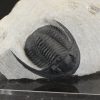
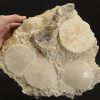
$114.97 Original price was: $114.97.$57.48Current price is: $57.48.
Related products
2″ Dalmation Stone Skull Fashion
2″ Dalmation Stone Skull Supply
2″ Red Jasper Skull on Sale
2″ Dalmation Stone Skull Fashion
Hand Carved Wood Sphere Stand For Sale
2.75″ Fantasy Cut Lemurian BC773 Online Hot Sale
2.25″ Fantasy Cut Lemurian BC758 Fashion
2.25″ Fantasy Cut Lemurian BC783 For Cheap
2″ Fantasy Cut Lemurian BC777 Fashion
2.75″ Fantasy Cut Lemurian BC768 Online
You may add any content here from XStore Control Panel->Sales booster->Request a quote->Ask a question notification
At sem a enim eu vulputate nullam convallis Iaculis vitae odio faucibus adipiscing urna.

